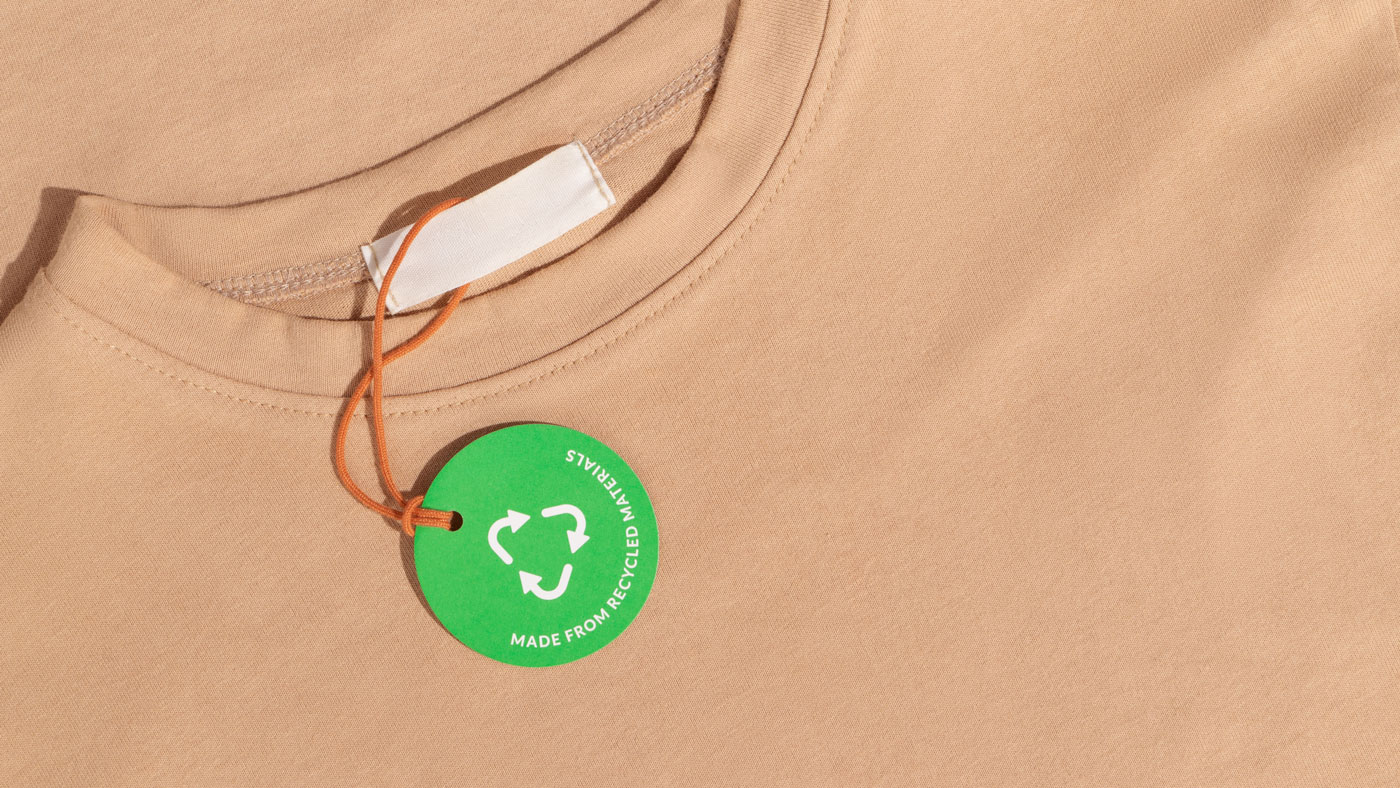Throughout the past decade, eco-friendly promotional products have skyrocketed in popularity, with consumers becoming increasingly critical of brands who elect to print their logo on environmentally harmful products (just to save a buck or two).
With so many options available, it’s important to know what differentiates one eco-friendly material from another. Popular materials used to make promotional products include:
Bamboo
Bamboo is a conveniently versatile material and completely sustainable. Used to make clothes, food products, furniture, kitchen utensils and more, experts universally agree that it is one of the best eco-friendly materials available. It is fast growing, being harvested every three years without requiring re-planting (it continually produces new sprouts). Cotton, on the other hand, needs huge quantities of water to grow – it takes 1500 liters to grow enough cotton to make one t-shirt, while bamboo requires more than a third less. Further, bamboo releases 35% more oxygen into the air than trees.
BPA-Free Plastic
BPA or Bisphenol A is a chemical that is often found in polycarbonate plastics and epoxy resins and has been used to make hard plastics and resins since the 1960’s. BPA has been linked to potential concerns in children’s health and to the environment, leading many governments to restrict the sale of products containing the toxic plastic.
Cork
Cork is a material that is harvested from the Cork Oak when the tree reaches 25–30 years of age. These trees are commercially grown mainly in Portugal and Spain. Cork is extracted from the bark tissue and can be separated from the tree without causing permanent damage. As the material is flexible and semi-impermeable, it can found in a diverse range of products including sporting helmets, balls (cricket and baseball), musical instruments, household utensils and more.
Felt
Unknown to many, felt is actually a low-impact, eco-friendly and 100% biodegradable textile. Wool felt is non-woven and made by condensing and pressing wool fibers together while they are wet, resulting in a soft fabric with a fine and dense texture.
Hemp
Hemp is grown free of pesticides or fertilizers and will yield more than 250% more fiber than cotton and 500% more pulp fiber than forest wood per acre. As a fabric, hemp is more porous than cotton and allows your skin to breathe better. It is resistant to mildew and will soften with age making it an ideal fabric for clothing and linens. Hemp farming today is very limited, so it can be difficult to find 100% hemp made clothing but mixtures of hemp and cotton can still be high-quality apparel.
Husk
Husk is made from natural rice husks (which would normally be burned or discarded) and is used to make cups, plates and products normally used for eating out or baby products. The material is dishwasher safe, so you can use them again and again. Once buried, husk biodegrades completely after 2 -3 years, and the rice husk fiber makes it great for composting.
Jute Fibre
Jute fiber is 100% biodegradable, recyclable and incredibly environmentally friendly. Jute fabric is the second most versatile fabric (after cotton) in the world, and the second most common fiber used in the textile manufacturing industry. One hectare of jute plants consumes approximately 15 tonnes of carbon dioxide while releasing 11 tonnes of oxygen.
Linen
Popular in summer clothing, linen is derived from the flax plant, which requires little water and little-to-no pesticides. While natural linen is biodegradable, once treated with additives and dyes, it will lose its ability to decompose entirely.
Polyethylene Terephthalate (PET)
Polyethylene Terephthalate is a plastic resin and a form of polyester. PET is a popular choice for manufacturers because unlike regular plastic it is inexpensive, lightweight, durable, and most importantly, recyclable. After consumption, PET plastic is crushed and shredded into tiny flakes which are then reprocessed to make new PET bottles or packaging. They can also be spun into polyester fiber and made into textiles such as clothing and bags.
Wheat Straw
Wheat straw is created after harvesting wheat. The crushed fibers and stalks can be and are often used to make disposable dinnerware. Wheat straw is suitable for hot or cold food and is also leak proof. Once buried, wheat straw will decompose after 30 -90 days.


